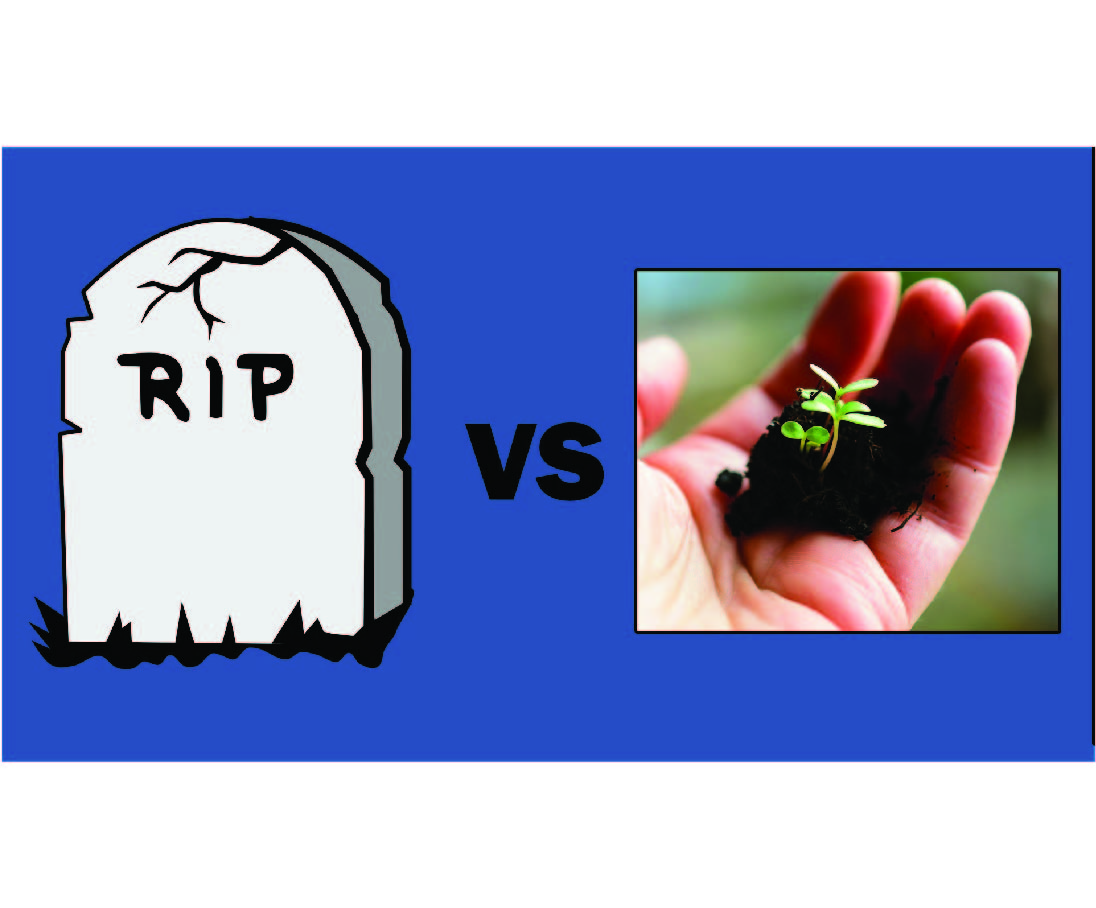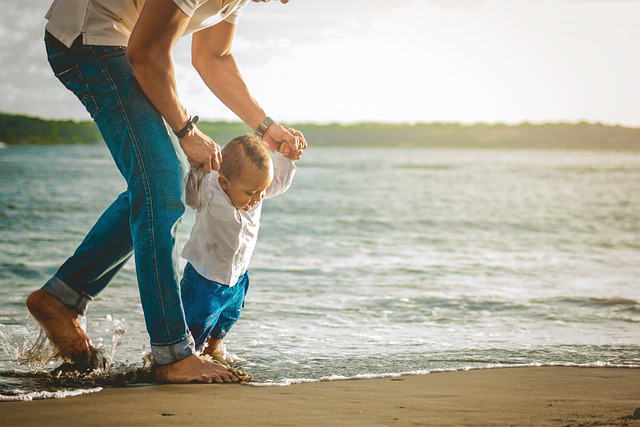
The term ‘ego’ gets tossed around casually in common conversation, using terms such as ‘egotistical’ to refer to someone who is excessively concerned with their perceived status, or talking about someone being ‘ego driven’, or having a ‘big ego’. Alternatively someone who puts a high priority on taking care of the needs of others, or does not allow themselves to become offended easily is sometimes referred to as having ‘no ego’. These negative connotations around the term ‘ego’ are unfortunate, because they give a distorted impression of what the ego actually is and can act as a barrier to understanding how to work with the ego in healthy and beneficial ways.
This colloquial use of the term ego refers to a simple definition of ego as being essentially our sense of self importance, but this is just one aspect of the ego, which is a flow on from its broader and deeper meaning. Our ego is our sense of self, quite aside from any level of importance attached to it. It is the part of the mind that recognizes the existence of a self and mediates our understanding and experience of reality. As such it is essential to our perception and understanding of our place within the world around us and our ability to function within it. So the ego itself is neither positive or negative, but how well our ego functions will play a significant role in how we move through and experience life. As such it has been the subject of much philosophical enquiry and the focus of many meditative practices.
In this article we will look at two contrasting approaches to working with the ego, examine some of the common pitfalls in each approach, and finally consider whether the two approaches are necessarily contradictory or possibly complementary.
*If you prefer to watch and listen instead of reading – there are also a couple of blogs on this topic at the bottom of this page, where I talk about it in a more conversational way.
Ego death
The nature of much philosophical enquiry, and of many meditative practices, is to seek to understand reality more clearly. In this context the ego is sometimes presented as posing a problem. If we think of the ego as a kind of filter or lens through which we perceive reality, then this means that our perception of reality will always be limited by the qualities of this lens. Essentially we will only ever be able to perceive reality from our own point of view, and any preconceptions, or flaws in our sense of self will distort this perception. It is in this context that the concept of ‘ego death’ arises. To overcome these limitations, one line of thinking goes that we must somehow remove the lens, so that we can then perceive reality directly without limitation or distortion.

Because our ego is our sense of self, when the ego is removed there is an experience of deep connection to the universe around us. We no longer perceive ourselves as something separate, but as part of a greater whole. There can be no experience of conflict or opposition without an ego because there is nothing to be opposed to when you are one with all that is in the universe. Equally any kind of insecurities about the self cannot linger when there is no sense of self to identify them with. This state often leads to a sense of deep contentedness and even bliss, leading many to seek it out as a relief from the stresses and anxieties of normal life, as well as within the context of serious philosophical enquiry and trying to understand the nature of reality.
The nature of our existence is that this state can be only temporary though, and in fact is not really a death of the ego, but rather a temporary reduction in the activity of the ego to allow us to perceive this oneness and connection with all around us. In order for us to function within reality, we need a sense of self, to be able to perceive and work with concepts as simple as cause and effect, to follow basic biological drives, and to understand the consequences of our actions. But, these moments of insight, though brief, can help to give us perspectives that we can bring back into our regular lives to inform our actions and help us to maintain more of the sense of contentedness and harmony have been experienced.
A variety of meditative practices have been developed within different traditions to help practitioners to enter this type of state. The practices are often surprisingly simple, but often require significant practice and dedication to master. In addition to this, it has become common in recent years for some people to seek an easier or faster way to enter these states by using psychologically active substances. The appeal of finding a shorter route to these states and experiences is understandable, but generally the slower route is more reliable and safer in the long run, as skill is developed incrementally overtime until the practitioner is prepared for the experience. Unfortunately, while some who take the shorter route have amazing experiences of bliss, other’s experiences are far less enjoyable, and sometimes even traumatic. In losing their sense of self they sometimes fail to find a connection to the universe around them and instead experience deep feelings of loss and despair. Even for those who have positive experiences from using psychologically active substances, this can lead to developing a reliance on external aides in order to achieve contentedness and harmony, rather than recognizing that ultimately this comes from within.
Dangers in trying to kill your ego
There are many benefits that come from experiencing this state of reduced ego activity, but unfortunately, perhaps due to some of the misconceptions about what the ego actually is, and the negative connotations often attached to the use of the term in common conversation, sometimes people take the concept of ‘ego death’ too literally, and actually try to kill their ego. It is easy to see how this misunderstanding arises – if the ego is bad, and experiencing reduction in the ego for a period of time is good, then surely getting rid of the ego completely is what we should be aiming for? Then we would be able to truly become someone with ‘no ego’.

As discussed earlier though, having an ego is not some kind of moral good or bad, but rather it is an essential part of our being, and trying to kill it can lead to a range of undesirable outcomes. For this reason, some practitioners actually prefer the term ‘ego dissolution’ to ‘ego death’ as it helps to avoid this misunderstanding and brings the focus more to the temporary nature of the state we seek to enter, and that we are not actually trying to ‘kill’ the ego, rather we are just down regulating it temporarily. We will identify some of the potential dangers of misconstruing the more common term ‘ego death’ below.
- Lasting loss of self identity. We need an ego in order to comprehend our existence. Without an ego, or sense of self, we literally cannot function, we cannot make sense of the world around us or ourselves as a separate entity. To experience loss of ego to this extreme is unlikely, but someone may experience lesser degrees of it including dissociation and difficulty interacting with the world around them.
- Displacement of identity. This can come as a sort of false loss of ego. Because there is an idea that having a sense of self importance is bad, instead an excessive degree of importance is placed on something else, another person, object, organization, or even an idea. The ego is not gone, but rather it is disordered, ideas of self worth and importance still exist but become entwined with something external. Rather than becoming contented and harmonious, any perceived insult to the external ideal, is processed as an attack on the self. The person can feel that they are personally above reproach, because any responses and actions are not ‘about them’, not recognizing that their responses actually originate in their own ego which has been displaced. Issues relating to this can be harder to resolve as the true source of discomfort and conflict is misdirected.
- Self loathing and lack of self esteem. A final danger of misconstruing what the ego is and trying to kill it, is that it can lead to someone rejecting any evidence of their own value, as they perceive that doing so would be ‘bad’ in some way. For them, to kill the ego means to eliminate any sense of self worth. This can lead to deeply dysfunctional behaviours that are not beneficial to the individual or to the rest of the world around them. This can include self sabotaging behaviours to avoid achieving success, and even either consciously or subconsciously seeking to create situations which will reinforce a perception of low worth.
Far from helping the practitioner, each of these conditions keeps them further from the contentment, harmony, and even enlightenment that they may seek.
Nurturing the ego
An alternative approach to working with the ego, is rather than trying to kill it, to instead nurture it to help it become healthier and more resilient. If your concept of the ego is that it refers only to someone’s sense of self importance, this probably sounds like a disastrous idea that would only lead to pride, arrogance, strife, conflict, and dissatisfaction. But as we have discussed already, our ego is something far more fundamental than that, and those attributes would actually be manifestations of an unhealthy ego, not a healthy one.
Remember, our ego is our essential sense of self. A healthy ego has a better and more comfortable sense of who it actually is. It has a better sense of how it fits in with and can interact effectively with the world around it. A healthy ego does not mean an excessively large ego, but rather one that understands its place, maintains clear boundaries of identity, and is resilient in maintaining the integrity of those boundaries against influences that may weaken or break them down.

Each ego is like a single cell
We can think of a healthy ego a bit like a biological cell. This is yet another example of the principle of microcosmic reflection where we see the same patterns reflected at every level of the universe, from galaxies and solar systems all the way down to atoms. In this particular case we specifically see the same kind of pattern both in whole organisms and individual cells, and we will see that the pattern reflects quite well.
A person with an excessively large ego tends to think that everything is about themselves, they gather excessive resources and hoard them for themselves. They don’t recognize their role and place, and encroach into the space and functions of others in detrimental ways. As a biological cell we could think of this as resembling a cancer cell. It hoards resources and grows excessively, disrupting the functions of other cells around it. This is far from ‘healthy’. On the other end of the spectrum though, a cell which does not maintain its cellular walls and does not take up the resources that it requires, quickly becomes weak and sickly. It does the other cells in the tissues around it no favours by doing this, because in weakening itself it is less able to perform its functions which are necessary for the wellbeing of the whole organism. It also becomes more prone to injury and disease, which increases the risk to cells around it as well. This would be the equivalent of someone with a weakened self identity. A healthy cell is one that takes care of itself, but in harmony with the other cells around it. It plays its part without either encroaching on others, or allowing itself to become weakened unnecessarily. By doing this it helps the whole organism to be healthy and resilient.

Nurture your ego as you would a young child
This is the kind of healthy ego we seek when we nurture it. One that finds contentment and harmony within itself and in its relationship with its environment. One approach to developing an ego like this is sometimes described as caring for yourself as you would a small child.
Many of the excesses of an unhealthy ego come as a response to insecurities. If the sense of identity feels under threat, one response can be to try to inflate that sense of identity and self importance excessively. Another response can be to become aggressive and retaliate or encroach on others around it as a way create a greater sense of security. Equally an ego that has not been nurtured and strengthened may allow itself to be broken down and invaded, not realising that it has the ability and even duty to maintain its own clear boundaries.
Nurturing our ego so that it can develop both the strength and resilience that it needs to function well in harmony with its environment requires a fine balance of care, protection, and guidance – just like raising a child. You can think of different styles of parenting and the kinds of personality traits that often result. To nurture the ego does not mean to spoil it and never let it experience, pain, or failure. This could lead to all of the negative traits that are sometimes associated with the ego in the common vernacular. Rather it means to find the balance between being gently protective to give it the shelter and conditions it needs to develop health, strength and resilience, while also carefully allowing it to be exposed to challenges and conflicts so that it can learn to maintain its integrity while seeking harmony with its environment.

Done well this results in an ego:
- Secure in its identity
- Positive about its place and role in the world
- Able to handle conflict without excessive aggression, while still maintaining its boundaries
- Able to keep things in perspective and not obsess, catastrophize, or aggrandize
- Able to process disappointment and failures without loss of self esteem
- Able to respect and interact harmoniously with others and the world around it
- Capable of self reflection and receiving and processing feedback
These traits lay a foundation for contentment and a productive and happy life in harmony with the world around it, and a clearer perspective of its place in the universe.
Contradictory or complementary ways of working with the ego?
In this article we have looked at two contrasting approaches to working with the ego to bring about contentment and harmony. One approach involves ‘death’ of the ego so that we can experience the universe more directly without the distortion of perception of the self. The other involves nurturing and strengthening the ego so that it becomes healthier and more able to interact harmoniously with the world around it. On the surface, ‘death’ of the ego, and nurturing the ego may seem to be contradictory approaches, but when we truly understand both of these approaches we can recognize that they are in fact complementary to one another.
When considering things in theoretical terms, there can be a tendency to think of things as absolutes, but the practical application of concepts is often not quite so extreme. To completely remove the ego to perceive the universe directly sounds good in theory, but in practice it is not possible. There will always be some degree of ego or else what is it that is doing the perceiving if there is no self? The stronger and healthier the ego is, the more able it will be to be to temporarily down regulate its function to perceive its place in the universe at a deeper level. It will also more easily be able to bring those insights back to its daily life and perception with less distortion. You can think of it a bit like a well trained athlete. The better cardiovascular fitness the athlete has, the more easily they will be able to hold their breath for longer and without distress. And, by practicing appropriate breath holding techniques the athlete can actually also increase their ability to breathe freely and easily in other situations where they need to as well.
The best results come from recognizing both of these aims as complementary to one another. We do not have to seek one to the exclusion of the other, but rather each has its important role to play in strengthening and supporting the other. This taiji (yin and yang) principle of harmony between opposites is fundamental to Chinese philosophy, and we see it manifest again and again in every situation. As we approach an extreme, we find that it is not actually the end, but the start of a new beginning. Within the extremes of yang is always the seed of yin, and within the extremes of yin is always the seed or start of yang.
So by strengthening our ego, we can also reign it in from excesses, perceive our connection to the universe more clearly, and allow ourselves to find greater.
2 Comments. Leave new
Ego has gotten a bad reputation as of late. The word conjures up visions of someone who is self-centred, pompous and conceited. The ego is very important and learning how to work with it is essential to mental health and to dealing with all aspects of our world. Having a good grasp on it and the idiosyncrasies of ego and how it can run rampant in a negative way, is one of the most important things about being human. Not allowing our ego to blind us or to convince us that certain behavior and actions are good or necessary when they aren’t. Meditation and Qigong movement help one get in touch with the positive aspects of our ego and how the ego can be a positive force in our lives.
Yes indeed ????